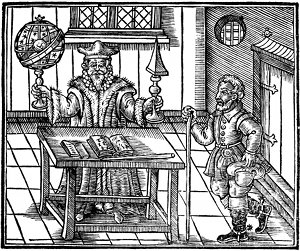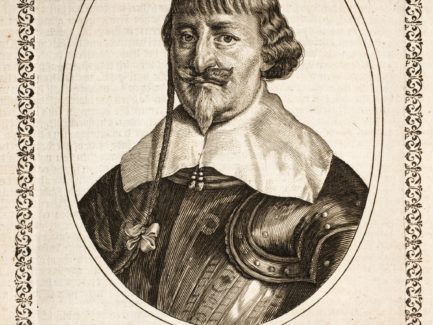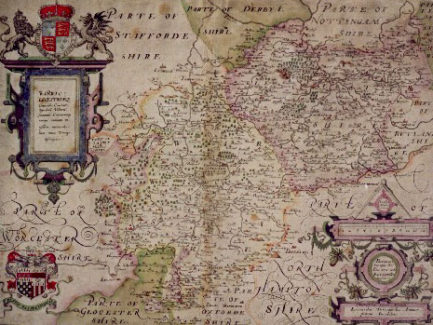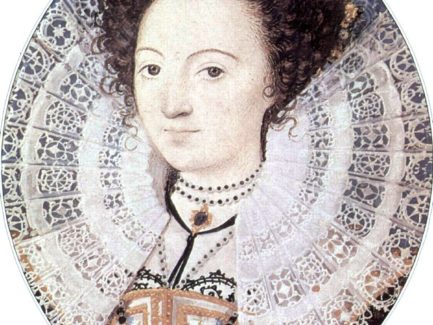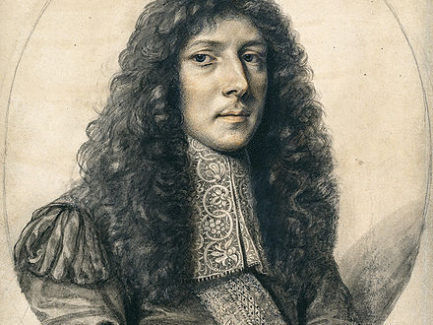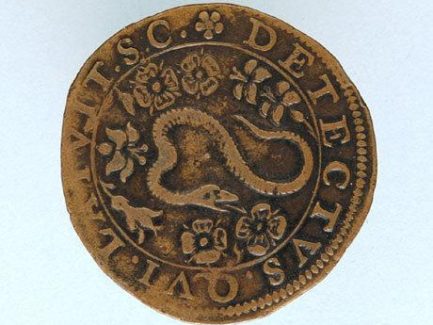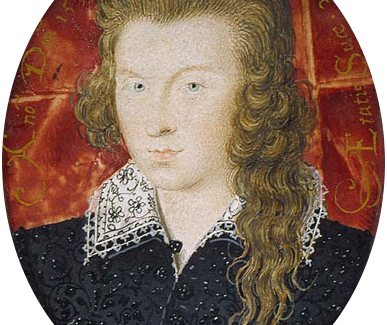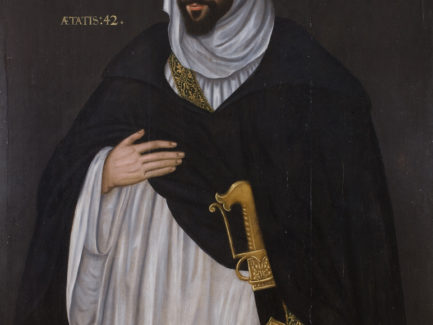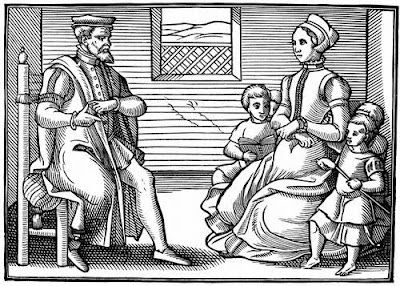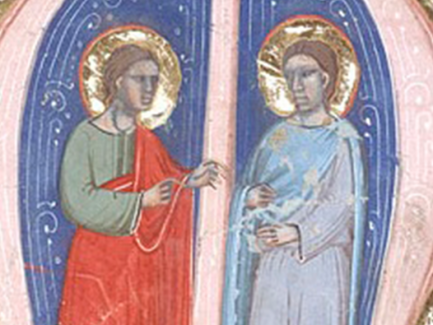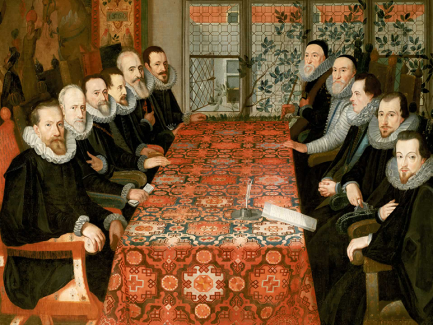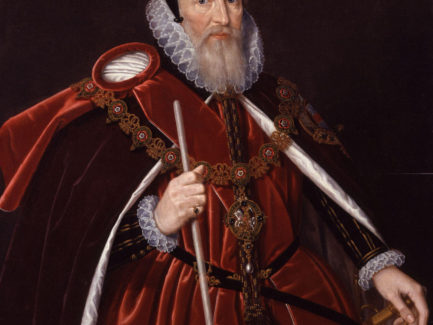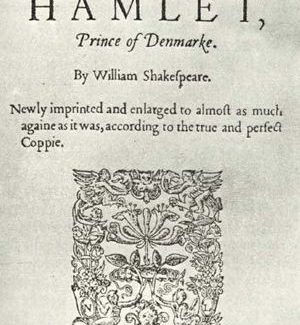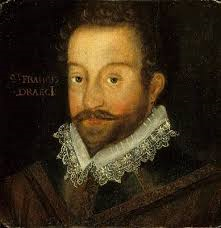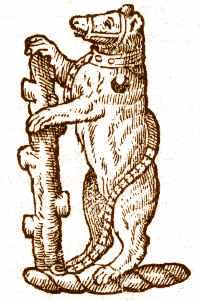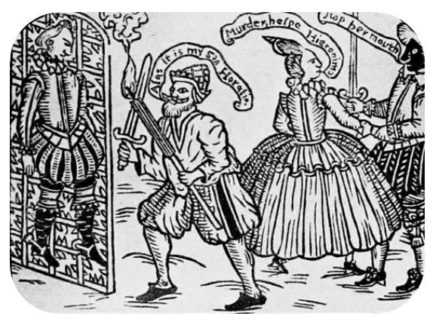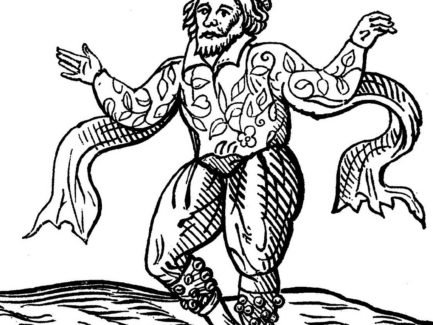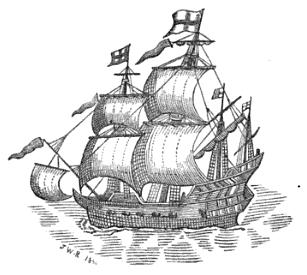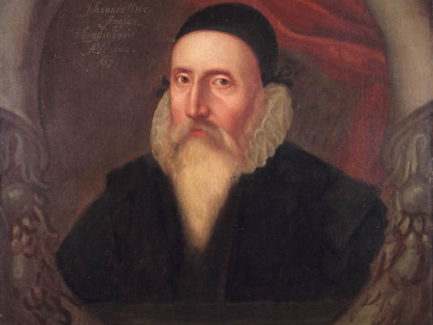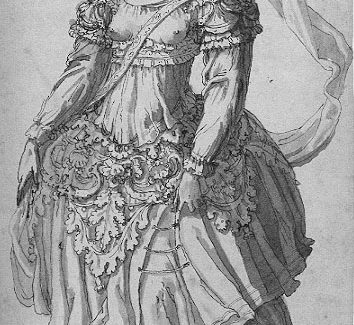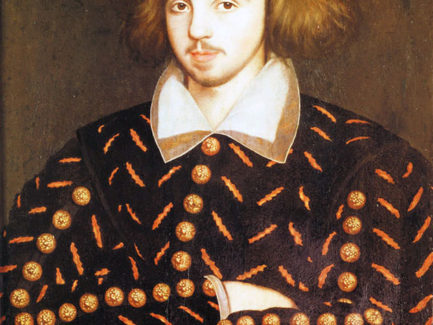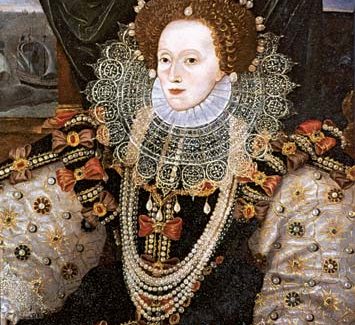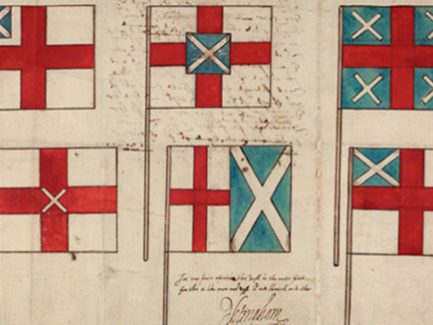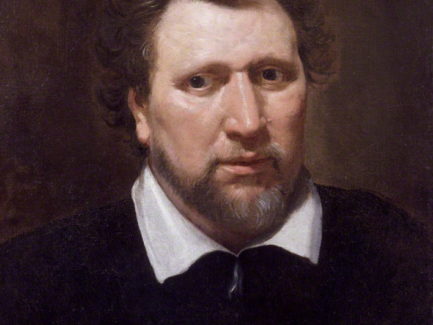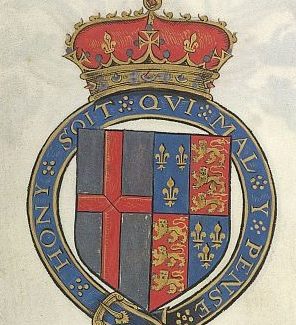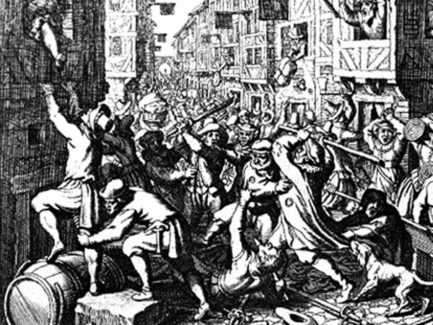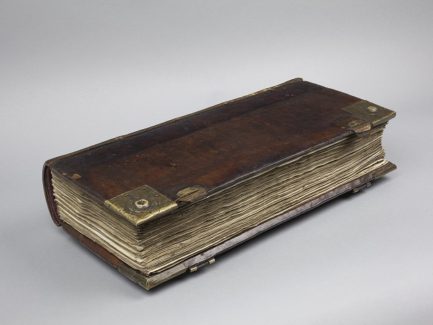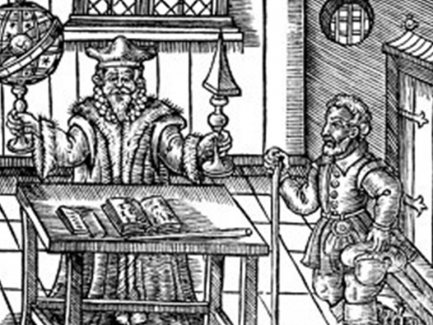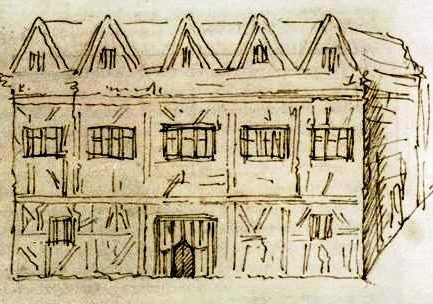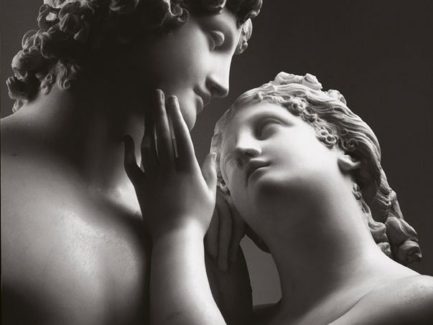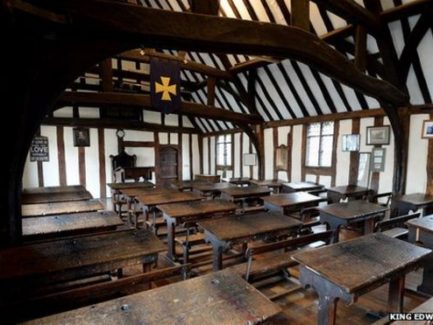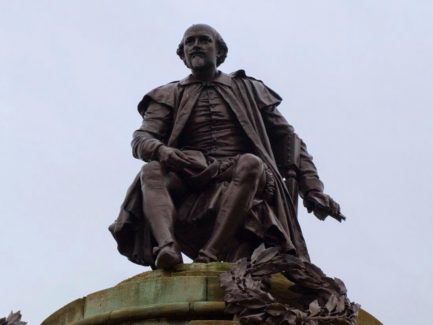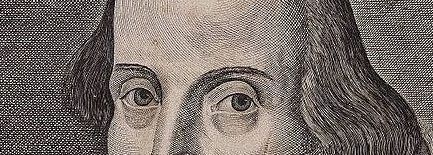Was this man the model for the Merchant of Venice?
Elizabeth I’s physician-in-chief, Rodrigo Lopez, was executed in 1594 for allegedly conspiring to poison the queen. Lopez was born in Portugal to parents of Jewish descent. He was raised a Catholic before he moved to London in 1599 and became the queen’s physician-in-chief in 1581. Unfortunately, he mortally offended some of Elizabeth I’s courtiers, among them the Earl of Essex, Robert Devereux, who was one of his former patients and a favourite courtier of Elizabeth I. They collected evidence against Lopez, implicated him in a Spanish plot, and denounced him to the authorities. Lopez was arrested and his home was searched. He was held for thirty-eight days without charge, and under interrogation and torture confessed that he had planned to poison the queen.
The unfortunate man was the subject of increasingly virulent accusations and anti-Semitic hysteria which spread through London. Soon afterwards, Lopez renounced this confession, but in February 1594, he was convicted of treason and sentenced to death. He was hanged, drawn and quartered at Tyburn. According to William Camden, Lopez affirmed on the scaffold ‘that he loved the queen as well as he loved Jesus Christ’, and this statement, ‘coming from a man of the Jewish profession, moved no small laughter in the standers-by’. Elizabeth I, however, was slow to believe that Lopez was guilty. After his death, she returned his estate to his widow and helped support his son’s education.
Shakespeare wrote The Merchant of Venice within a few years of Lopez’s trial and execution, and these events shaped one of the most complex representations of Jewishness in early modern England. There were plenty of other stage characters who may have provided Shakespeare with the idea of a Jewish anti-hero. The Judas figure in the medieval mystery plays and Barabas the money-lender in Christopher Marlowe’s The Jew of Malta were both well-known on the medieval and early modern stage. The Jew of Malta, a play about three religions, Christianity, Judaism and Islam, and their struggle for control in Malta, was very popular when it was first performed in 1592. In 1594, during and after Lopez’s trial, it was staged ten times at the Rose playhouse, and it clearly influenced Shakespeare as he wrote The Merchant of Venice.
Shakespeare’s Shylock, however, is neither the stage Jew of the mystery plays nor the villainous Jew of Marlowe’s creation. The mixture of horror and pity for Shylock during the trial scenes in The Merchant of Venice may have been inspired by the events leading up to Lopez’s trial. The well-respected person of Lopez, trusted by the queen yet the subject of increasingly virulent accusations and anti-Semitic hysteria, could have prompted the affirmation of a common humanity found in Shylock’s speech:
I am a Jew. Hath not a Jew eyes? Hath not a Jew hands, organs, dimensions, senses, affections, passions? Fed with the same food, hurt with the same weapons, subject to the same diseases, healed by the same means, warmed and cooled by the same winter and summer, as a Christian is? If you prick us, do we not bleed? If you tickle us, do we not laugh? If you poison us, do we not die? And if you wrong us, shall we not revenge?
(Act 3 Scene 1)




